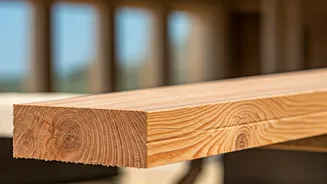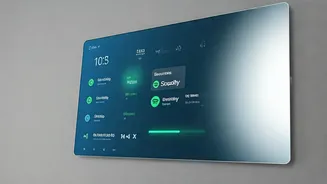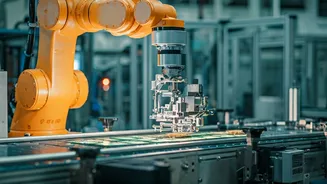Cracking the Code
For years, cracked phone screens have been a pervasive frustration for tech users globally. The constant risk of damage and the associated repair costs
have driven scientists to seek stronger materials. Now, researchers have made significant advancements in understanding and enhancing the structural integrity of glass. The quest for more durable glass isn't solely about preventing broken phone screens; it extends to various applications, including construction, transportation, and aerospace. The development of glass that can withstand greater impacts and stresses is a critical step towards creating products that last longer and perform better under demanding conditions. This research builds upon earlier studies, enhancing scientists’ understanding of the fundamental properties of glass, like its atomic structure and behavior under pressure.
Durable Glass Revealed
The research focuses on modifying the composition and structure of glass to enhance its resistance to impact and stress. Scientists are experimenting with different materials and manufacturing processes to develop glass that can better withstand everyday use. This includes exploring new chemical formulas, optimizing the arrangement of atoms within the glass, and improving its ability to absorb and dissipate energy from impacts. The ultimate goal is to create glass that is highly resistant to cracking, scratching, and other forms of damage. This means that a device with this glass is more likely to stay intact after an accidental drop or a bump, therefore helping to save both time and money for the consumer. This innovation could eventually save the need for costly replacements.
Tech Transformation
The immediate impact of stronger glass will be most visible in the tech industry, particularly in smartphones, tablets, and wearable devices. Replacing current glass with this new material would lead to more resilient devices, reducing the frequency of screen replacements. This could also drive innovation in design, allowing manufacturers to create sleeker, more durable products. The move to more durable glass won't just improve user experience; it could also impact the circular economy. Devices with longer lifespans generate less e-waste and require fewer resources for manufacturing, which will have a positive impact on the environment. Furthermore, this innovation could enable the production of more resilient screens for other applications such as laptops, televisions, and even vehicle windshields.
Beyond Smartphones
The implications of this breakthrough stretch far beyond consumer electronics. Stronger glass could be used in construction to build more durable and energy-efficient windows and building facades. In the automotive industry, it could improve safety by creating stronger windshields and windows that better protect passengers. Furthermore, this technology may have applications in aerospace, providing enhanced protection for aircraft windows and other components. The development of more resilient glass materials could also foster innovations in sectors such as medical technology, where it could be utilized in equipment requiring strength and transparency. Ultimately, the development of stronger, more durable glass has the potential to transform numerous industries and benefit society in many ways, improving the safety, sustainability, and durability of the products we use daily.











